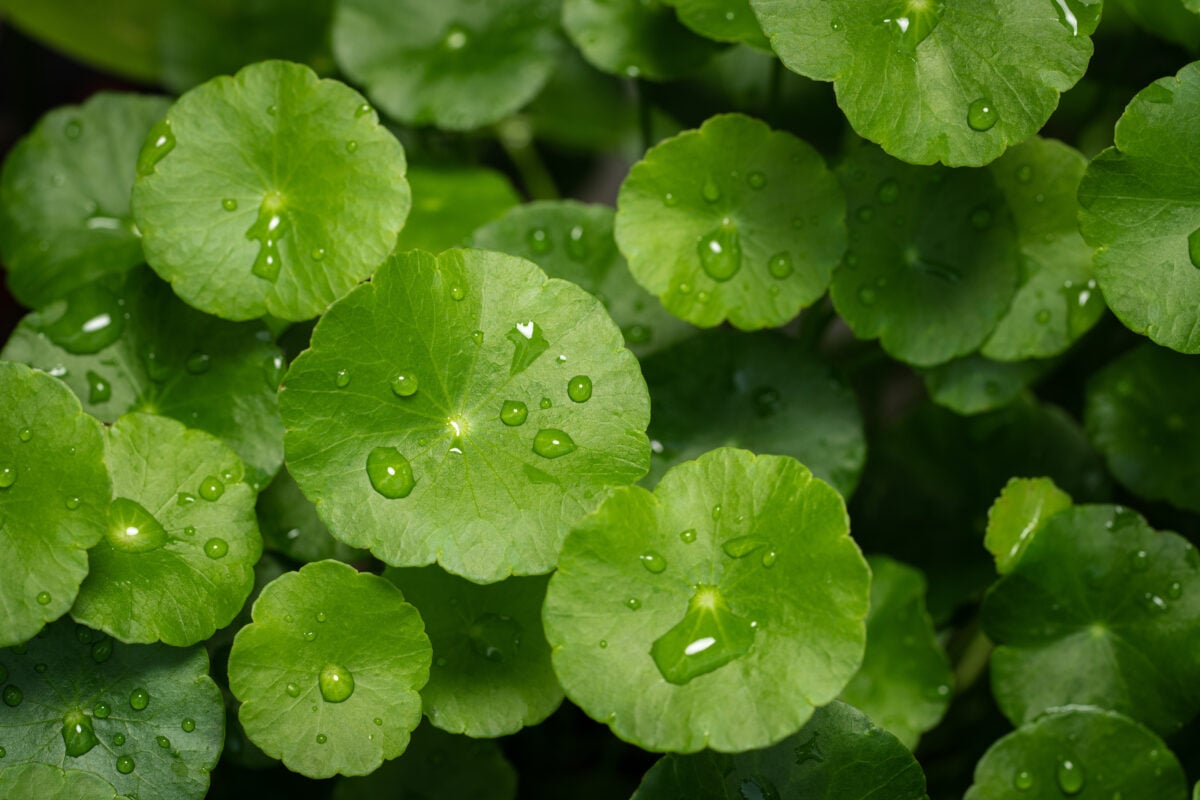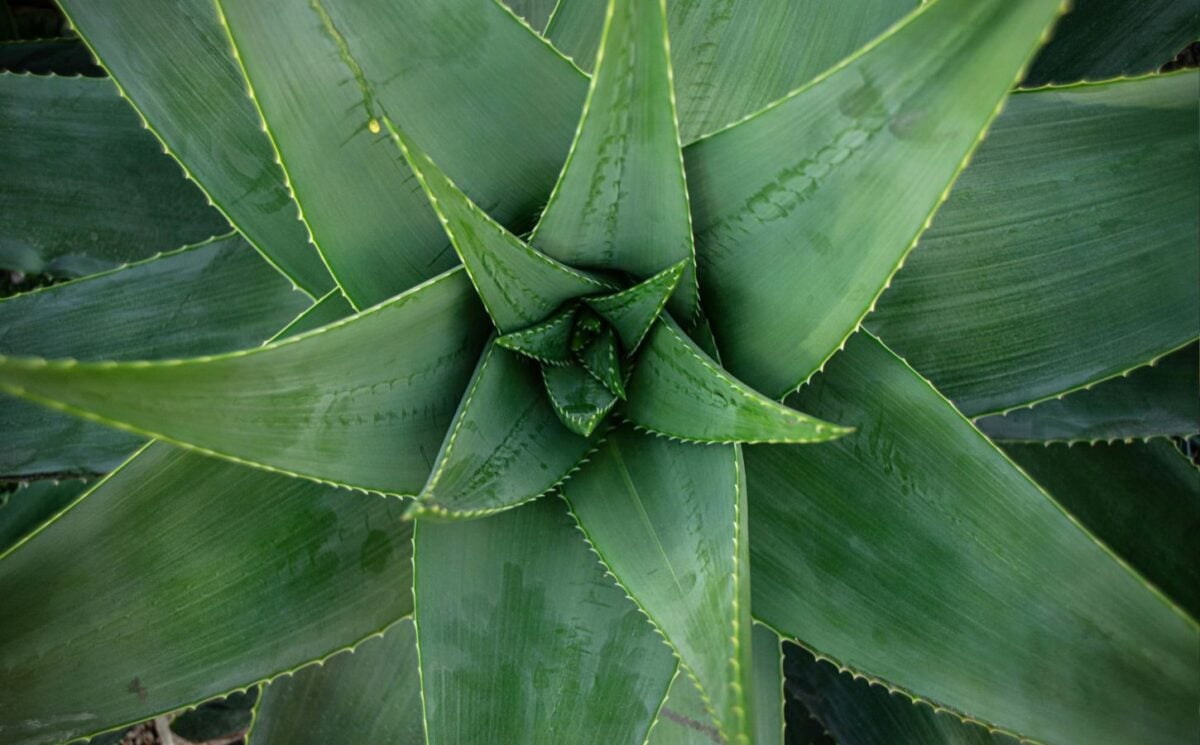Mic the Vegan, the popular science-based YouTuber known for investigating nutrition, health myths, and the environment through a plant-based lens, has dug into the fascinating overlap between ancestral knowledge and hard data. In a recent video, he shares five powerful plants that not only show up in traditional and indigenous medicine across the globe, but also stand up to scrutiny in modern scientific trials on wound healing.
Mic, who holds a frequently analyzes peer-reviewed studies on his channel, highlights how some remedies were used by Native Americans, ancient Europeans, and even orangutans and Neanderthals.
Read more: Orangutan Treats Wound With Medicinal Plant In First Recorded Case
Backed by randomized controlled trials and human studies, the following list sees traditional remedies and modern science align. Let’s take a closer look at each of these time-tested healers – and what the research really says.
Yarrow (Achillea millefolium)
Known historically as “soldier’s woundwort,” yarrow has been used across continents, from Native American and Indigenous European groups to Chinese medicine. The plant’s scientific name even traces back to Achilles, the Greek warrior who used it treat wounds on the battlefield, according to Greek mythology.
Modern studies confirm its reputation. A randomized controlled trial from Serbia showed that yarrow-treated venous leg ulcers shrank significantly faster than those in the control group – down to 27,000 cubic millimeters compared to 40,000. Another trial found yarrow reduced inflammation and improved hydration in irritated skin.
Mic says yarrow’s power lies in “antibacterial compounds like camphor and eucalyptol,” along with tannins that “help form a protective layer on wounds.”
Plantain (Plantago major)
Not the banana lookalike – this plantain is a common backyard herb with a powerful healing history. Mic says it’s been “used in both Indigenous American and European folk medicine” and even reportedly consumed by cows after birth to help recovery.
The science is impressive. In a triple-blind study designed to reduce bias, where none of the researchers knew who the participants were, 160 patients with pressure ulcers were treated, and 95 percent of those in the plantain group experienced full recovery, compared to only 70 percent in the placebo group. Another trial on diabetic foot ulcers found the plantain gel group had three times the full wound healing rate and double the reduction in wound size in just one week.
Plantain seems to work by delivering anti-inflammatory agents and tannins, which help speed up healing and create a barrier over the wound. However, for burns, the effect was beneficial, but not as “dramatic,” hinting that plantain might be more suited for cuts and ulcers.
Gotu kola (Centella asiatica)

Also called centella, this herb is native to South and Southeast Asia and known in traditional Ayurvedic and Chinese medicine. Mic calls it a standout for “skin regeneration” and says it’s even included in some collagen products today.
Studies back it up. One trial split the faces of acne patients post-laser resurfacing and applied centella to one side only. That side saw less redness and crusting, and better skin texture. A study on carpal tunnel surgery patients found that scars treated with centella healed faster and caused less severe symptoms. Another study that compared wound healing found that scar dimensions and even pain levels were significantly reduced in the centella group.
Mic points to centella’s ability to “stimulate collagen synthesis, modulate inflammation, and offer antioxidant protectin.” Centella might help through improved angiogenesis, which is the formation of new blood cells, he says. While its average wound-healing speed wasn’t drastically faster, its cosmetic and anti-scarring benefits make it valuable.
Calendula (Calendula officinalis)
A sunny garden favorite, calendula has long been used in Mediterranean and European folk remedies.
One randomized controlled trial found that calendula healed hand wounds in 6.2 days – nearly three days faster than the control group. In another, it helped regenerate the outer skin layer (epithelialization) 5 days earlier than the control. “So dang, that is solid, and that’s cool,” says Mic.
An oral study showed that calendula improved Bates-Jensen wound assessment scores by over 30 percent, and one trial even reported a fourfold increase in ulcer healing speed. According to Mic, its benefits come from a combination of collagen boosting, inflammation reduction, and antimicrobial effects.
Aloe vera
Topping the list is perhaps the most iconic natural remedy: aloe vera. Used in ancient Egyptian, African, and Middle Eastern medicine, aloe’s gel is still a staple in skincare and sunburn products today.
Mic references a 2024 meta-analysis combining nine randomized controlled trials, which found aloe vera shortened second-degree burn healing by four days on average. Even in skin graft recovery – when people donate patches of skin to people who need skin grafts for burns, for example, aloe reduced healing time by two days.
So what’s behind its effects? The compound aloesin, which modulates wound-healing pathways including fibroblast and keratinocyte migration, collagen production, and new blood cell formation. A lab study also found aloe “helped the cells survive” under stress, suggesting benefits beyond topical relief.
Honorable and dishonorable mentions
Two bonus plants Mic flags as promising are sphagnum moss, used as antiseptic gauze in wartime, and tea tree, which eradicated antibiotic resistant infections in 90 percent of persistent wounds in a nursing home trial.
But not every “natural” remedy holds up. Arnica, often promoted for bruising, has failed in multiple studies, likely because it’s often used in homeopathic dilutions. Mic says: “That doesn’t mean it won’t help you. It’s just not going to help you more than placebo, according to study after study.”
This video isn’t just a fun deep dive into traditional medicine, it’s a reminder that some ancient knowledge really was ahead of its time. As Mic puts it: “It appears that ancient peoples were using them for the same thing, which is pretty cool.”
For more videos about health and vegan nutrition check out Mic the Vegan’s YouTube channel.
Read more: Chimpanzees Seen ‘Self-Medicating’ With Healing Plants






